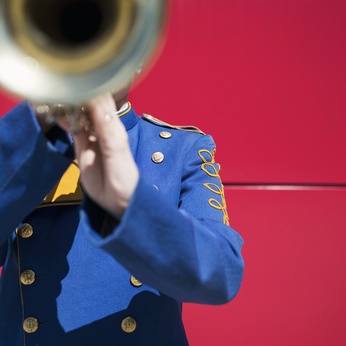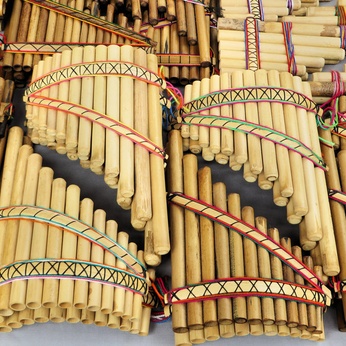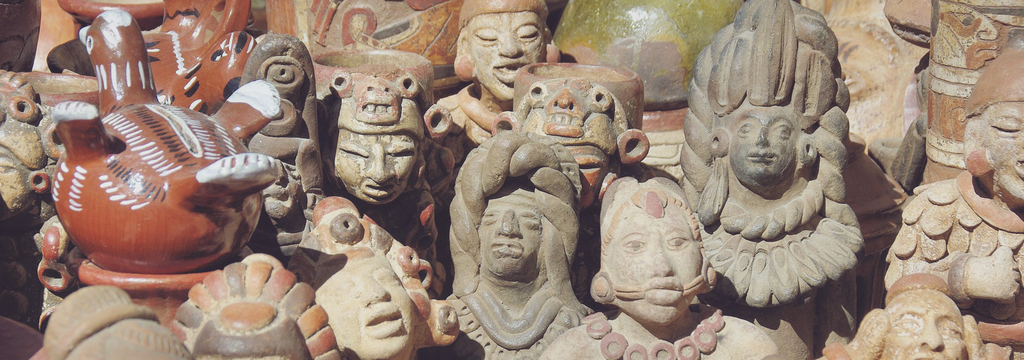Ecuador
"Mountains, jungle, sea, islands, cities, people; Ecuador has it all! An adventurer’s paradise! Located on zero latitude. Ecuador has many faces, including Andean peaks, tropical rainforests and - 1,000 km (600 miles) off the coast - the volcanic Galapagos Islands, home to the animals and birds whose evolutionary adaptations shaped Charles Darwin's theories. It’s a land of many cultures, 14 indigenous communities, including people of colonial Spanish origins and the descendants of African slaveslive together on its 272,045 square kilometres (105,037 square miles). Did you know that Ecuador is named after its location on the west coast of Latin America, because the equator crosses it? The country gets its name from the Spanish word for "equator"."
Host families
Your host family will be your first and most important connection to the Ecuadorian culture, and also your main support during your exchange year. In Ecuador, and in general in Latin America, the relationship between family members is stronger than in many other countries. To become a real part of that family, you have to accept their rules and join in their activities. Try to win the confidence of your host family from the beginning by showing interest on learning more about the Ecuadorian culture.
Keep in mind that some host families can be very religious and quite conservative. As everything is going to be new for you, always ask your host family if you want to understand things better. Most families like to share meals together. Table manners are very important in Ecuadorian culture, so if you’re not sure about something (such as using hands to pick up chicken), make sure you ask.
school
The Ecuadorian school system has 13 years of study, the first 10 years of basic education and 3 more years to obtain the bachelor degree. Students do not choose their own courses, but rather follow the regular courses according to the grade they will be assigned. All schools use uniforms; classes usually begin at 7:30 am and finish at 1:30 pm (this also depends on each school). The regular school calendar is from September to July. For students going to the coastal region (Portoviejo, Santo Domingo, Manta and Machala) classes are from April to February.
During one month of the school year, students placed in the highlands have the option of participating in some type of volunteer work in various foundations of Ecuador. This will be announced at the arrival orientations and students will be able to choose the type of volunteer service they prefer. This takes place during the month of June. Students placed in the coastal region will do the volunteer work for one month, during the holiday break (this is not optional).
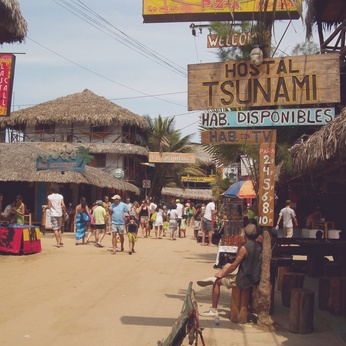
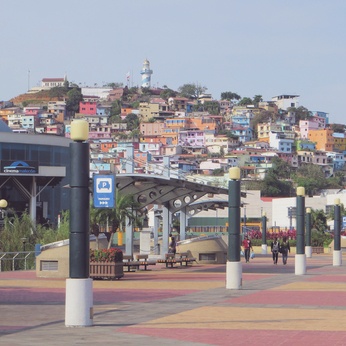
Free time
As elsewhere in Latin America, soccer is a national pastime. Ecuadorians are also fond of various types of volleyball. An interesting type is Ecuavolley, which of three players on each team, instead of 6, and has some slight variations in the rules of the game. Other popular sports played include paddleball and racquetball.
The principal form of entertainment in the Andes is the regular festivals or fiestas that exist to mark the agricultural or religious calendar. These fiestas often last for day, involving music, dancing, and the consumption of alcoholic beverages such as chicha, brewed from corn. In urban areas, many Ecuadorians go to penas on weekends for a special night out. Penas are clubs that feature traditional music and folklore shows. These are often family outings, even though the shows frequently last until early morning. Teenagers or young adults are more likely to go to a club or disco that plays American rock and dance music. However, these clubs only exist in the major urban areas.
crafts and hobbies
Did you know that Panama hats originally come from Ecuador? These woven straw hats were first made in a small city of the coast called Monte Cristi. They were produced for export to California gold-rushers and were also sold in large quantities to workers building the Panama Canal, thus giving rise to the name. Panama hats became a huge export item for Ecuador in the early to mid-1900s.
Ecuadorians produce a wide variety of handcrafted goods, including woven textiles, woodcarvings, and ceramic goods. The market at Otavalo is sometimes claimed to be the most extensive and varied market in all of South America. It was established in pre-Inca times as a major market where goods from the mountains could be exchanged for goods from the lowland jungle areas.
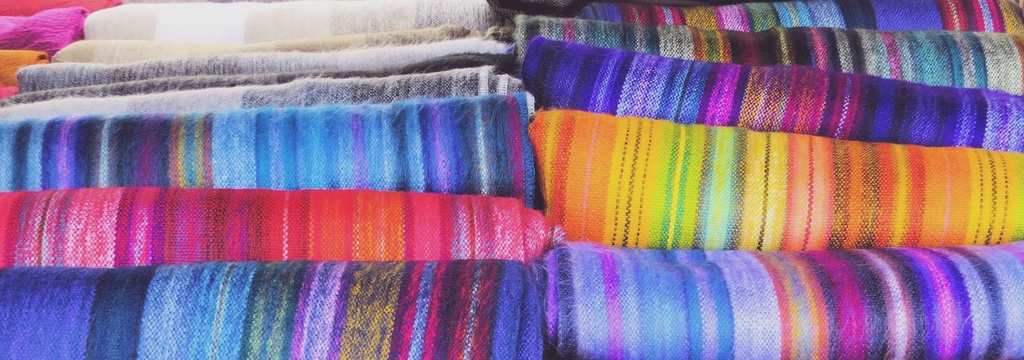
Discover Ecuador
The YFU exchange experience intends to show you your host country and its culture from the inside out. A lot of your time will involve school participation and host family events. In the weekends and school holidays, however, you will definitely have some time to explore some of Ecuador’s highlights with your host family, friends or other exchange students.
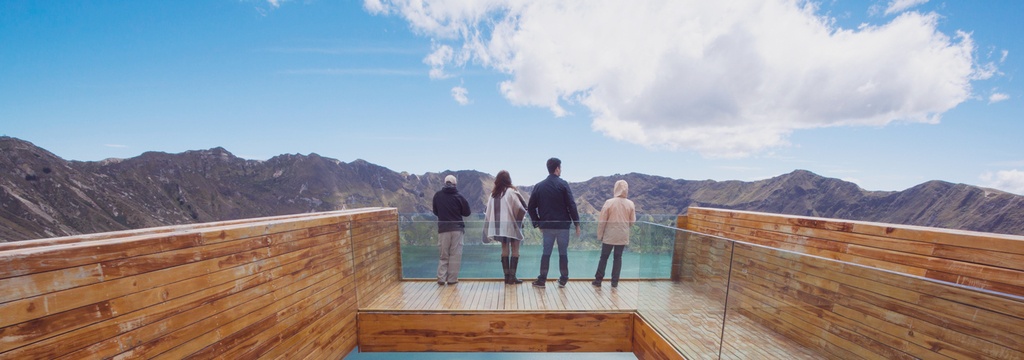
Top 10 things to do in Ecuador
1. Galapagos Beach at Tortuga Bay (Puerto Ayora)
2. Iglesia de La Compania de Jesus (Quito)
3. Parque Nacional Cajas (Cuenca)
4. Otavalo Indian Market (Otavalo)
5. La Capilla del Hombre (Quito)
6. Basilica (Quito)
7. MuseoTemplo del Sol Pintor Ortega Maila (Pichincha)
8. Old Town Quito (Quito)
9. Pailon del Diablo (Banos)
10. Machalilla National Park (Machalilla)
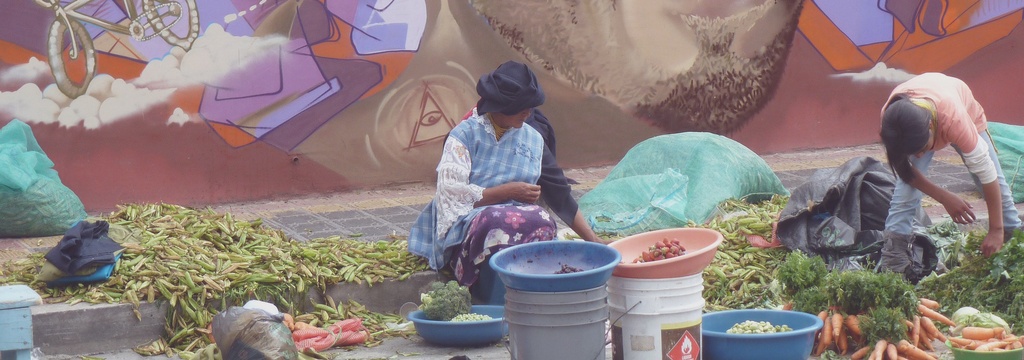
Food Facts
Daily Meals
The food in Ecuador differs substantially between the regions of the country. However, the whole country does offer a great variety of both fruits and vegetables. Due to the great offer of fruits, homemade juice is a daily drink made of all kinds of interesting fruits. Most families like to share meals together, and typically eat three meals per day. Breakfast is typically a light meal, while lunch and dinner are usually a bit heavier. Breakfast usually consists of coffee and a bread pastry. A very common breakfast (or snack throughout the day) is empanadas, which is made of bread dough with another ingredient (like cheese or meat) rolled in the middle. The roll is then baked all together in the oven. Also common in the highlands are a kind of sweet tamales called humitas. In the coastal region, on the other hand, you may taste a lot of delicious fish, rice and green bananas!
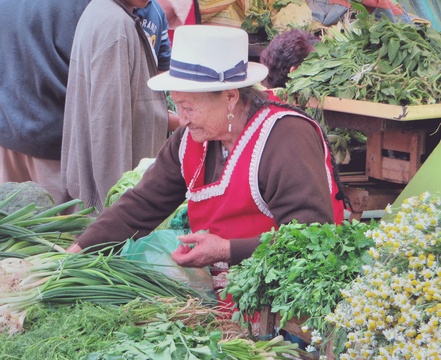
spices
Many different spices are used to prepare the delicious Ecuadorian food. The special ají sauces spices up everything from main savory courses to sweet dishes like deserts and ice creams. Practically every town in the country has developed their own ají recipes and secrets to create the sauce.
fruits
Ecuador has a wonderful variety of fruit from the warm tropical and subtropical lowlands and even the cooler sierra region produces several different fruits from the fertile volcanic soil. Pineapples, mangoes, papayas, star fruits, passion fruits and of course bananas are familiar tropical treats. Granadillas and naranjillas may be less familiar but are no less delicious. In the highlands, tree tomatoes and taxos may be new to you, but you will soon be offered tree tomato juice or taxo icecream. Apples and peaches also grow in the mountains, in a rather stunted fashion, while Avocados grow in both the costa and the sierra.
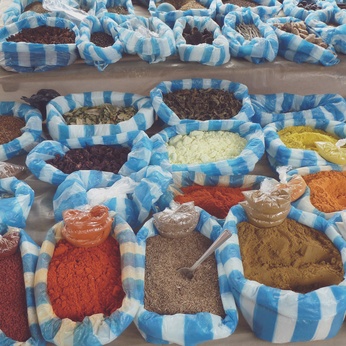
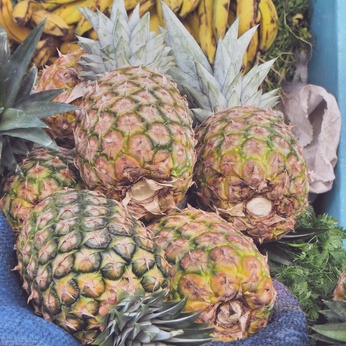
Traditional Ecuadorian dishes
Start cooking and tasting!
Did you ever try Ecuadorian food? No? Watch how to simply make a delicious Ecuadorian shrimp ceviche in 5 minutes and enjoy your meal:
Coffee
Coffee is also grown in the Andean highlands. Coffee in Ecuador is served in a very concentrated form, called esencia. Esencia is a dark, thick coffee that is served in a little container alongside a pot of hot water. Each person serves a small amount of coffee into his or her cup then dilutes it with hot water. Even diluted, this coffee is very strong.
Potatoes
Ecuador's population has relied on the potato as a staple crop since pre-Inca times. Over one hundred different types of potatoes are still grown throughout the Andes. A traditional Andean specialty is locro, a heavy potato soup, topped with cheese and a slice of avocado.
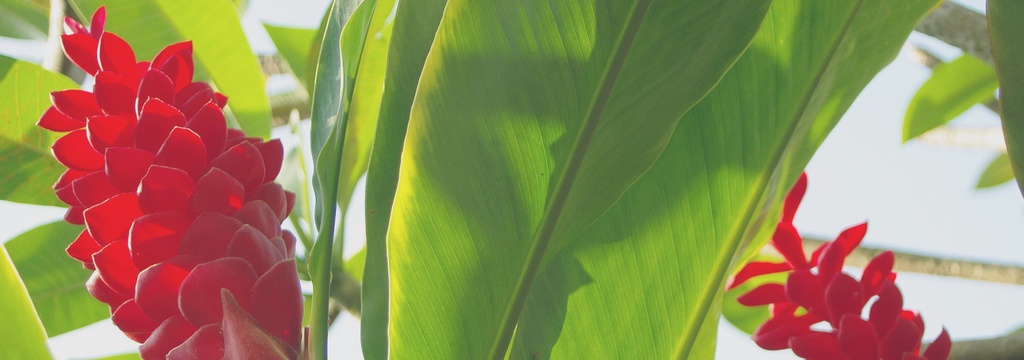
Geography
Ecuador is located in Latin America, with Colombia to the north and the beautiful Pacific Ocean to the west. Peru is Ecuador’s neighbor on the south and east border. This is also where the most popular and visited volcanoes in Ecuador are located: the Cotopaxi Volcano (an active volcano, 5 897 meters in height), the Pichincha Volcano (4,784 meters) and the Chimborazo (6,267 meters).
history
Ecuador is traditionally a farming country. The highland region of Ecuador consists of the Cordillera Central Range and the Cordillera Occidental Range. These ranges are the cause of many basins and a deep valley alongside, which farmers allow their herds to graze. Agricultural areas are also found next to the rivers and at the foot of the Andes. After the 1960s, Ecuador's economy was transformed by the growth of industry and the discovery of oil. There was rapid growth and progress in health, education and housing, but unfortunately not all Ecuadorians have benefited equally.
former inca empire
From 1438 to 1533, the Incas used a variety of methods, from conquest to peaceful assimilation, to incorporate a large portion of western Latin America. This area was centered on the Andean mountain ranges, including Peru, western and south central Bolivia, northwest Argentina, north and central Chile, a small part of southern Colombia and large parts of Ecuador.
In Ecuador’s capital, Quito, which was once a part of the Inca Empire, you’re able to see some of the best-preserved early colonial architecture on the Latin American continent. But Ecuador also has wonderful new architecture to offer, so the city is an interesting mixture of ancient and new that’s worth exploring while on exchange!
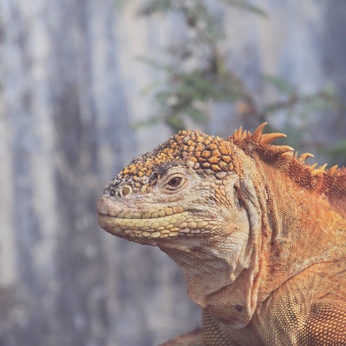
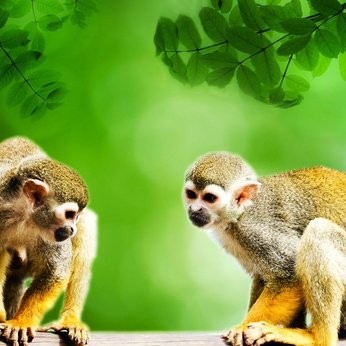
"On November 24th, I went to the jungle with YFU. It was really beautiful. We stayed in a hotel that could only be accessed by a jungle canoe! We spent two days walking in the jungle. We saw monkeys! We went swimming in the Rio Napo and went to a shelter for sick animals. I have never seen so many exotic animals in wildlife."
Climate
"You will live 4 seasons in one day!” is a typical Ecuadorian expression of the highlands that can give you a good idea of the weather. Due to the various elevations of the land, Ecuador experiences a difference in climate between the coast and inland areas. Temperatures in the highlands like Quito, Cuenca, Ibarra, Latacunga, Riobamba and Ambato, range from 16° C/60° F during the day, to 7° C or 45° F at night. However, you should always take a sweater with you since the weather may fluctuate 5-10 degrees during the day. The coast (Portoviejo, Manta and Machala) and rain forests have higher temperatures ranging from 32° C/90° F down to 20° C/68° F. Even though Santo Domingo is not yet coast, temperatures are almost the same as in Portoviejo and Machala.
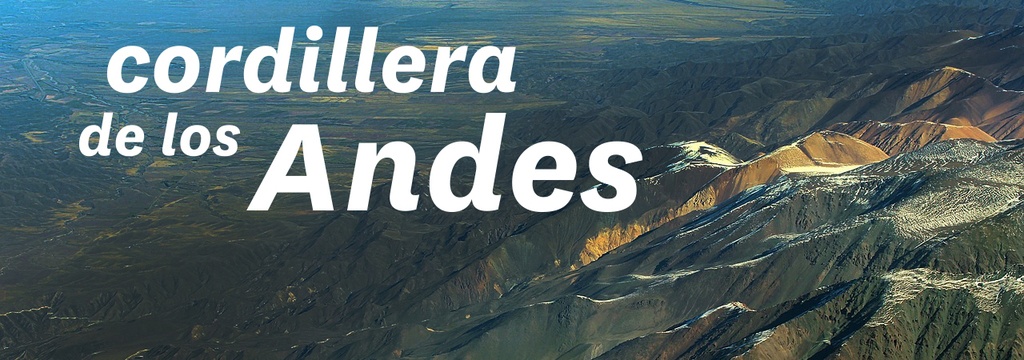
Language
Spanish is the official language of Ecuador. However, a significant proportion of Ecuador's Andean population speaks the ancient Incan language of Quechua and a variety of related dialects. Quechua is mainly a language of the Andes Mountains, but it also spread into lowland jungle areas at the time of the Spanish conquest. A variety of indigenous tribes exist in the Ecuadorian Amazon. These native people, including the Jivaro and the Waoroni, speak languages that are unrelated to Quechua. Many people come to Ecuador in order to learn Spanish, because Ecuadorian Spanish is the least dialect-influenced Spanish in South America.
Language learning tool
The YouTube videos of Pod101 help you to master the basics of Spanish language and teach you words and short sentences that you will actually use in daily life: https://www.youtube.com/channe...
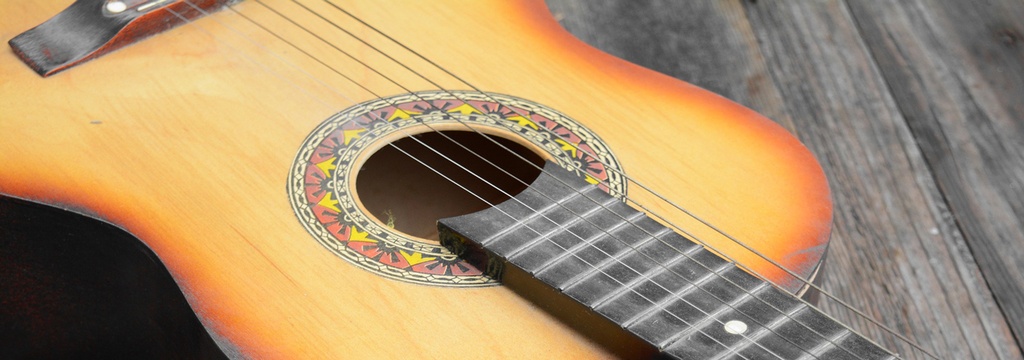
Movies and music
Music
Much of Ecuador's musical tradition has its roots in pre-colonial times (before Spanish rule). Instruments and musical styles from that era are still popular in Ecuador. Flute-like instruments include the flute quena, an instrument used throughout the Andean countries. Other important wind instruments include the pinkullo and pifano (pan flutes). Brass instruments are also very popular in the Andes, and many village festivals and parades feature brass bands. Stringed instruments were introduced by the Spanish and adapted by the Andean people. Caribbean and Spanish influences are more predominant along the coast. Colombian cumbia and salsa music are popular with young people in urban areas. American rock music is also played on the radio and in urban clubs and discos.
Traditional Ecuadorian Music:
Literature
Ecuador has a strong literary tradition. Its most well known writer is Jorge Icaza (1906–78). His most famous book, The Villagers (Huasipungo), describes a brutal takeover of indigenous (native) people's land. This book raised awareness of the exploitation of indigenous peoples in the Andes by landowners. Although it was written in 1934, it’s still widely read in Ecuador today.
Movies
Check out this website to see the top 10 of Ecuadorian movies most appreciated by viewers: http://www.imdb.com/country/ec
